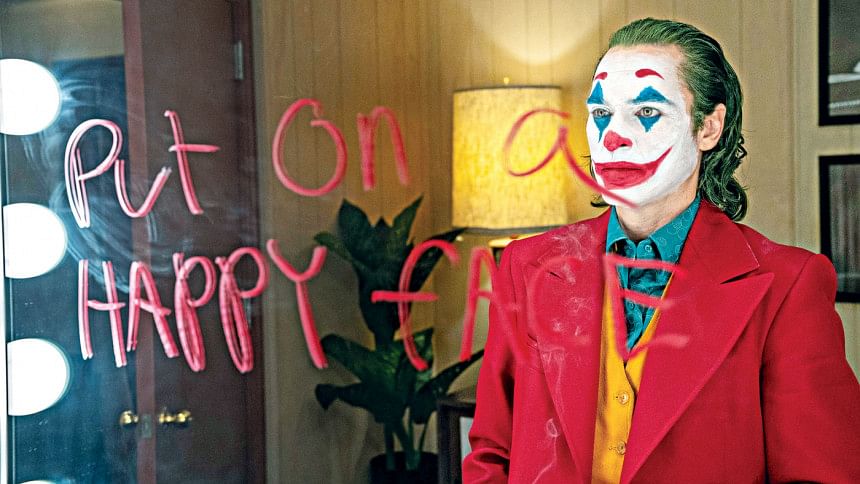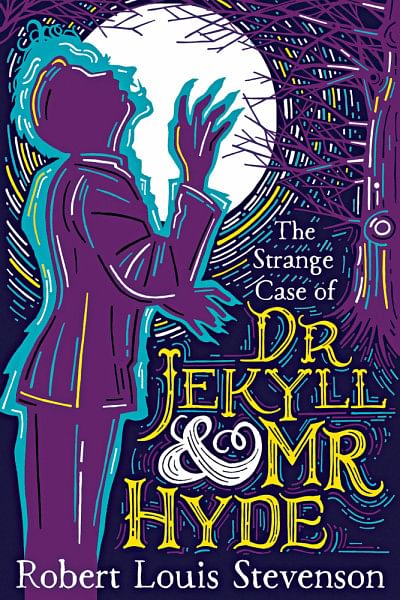How Stigmatised Are Mental Health Issues in Fiction?

Watching Gossip Girl (2007) in middle school was sort of a formative experience for me. The wildly-popular CW series shaped the way I saw high school and affluent teens. Like many oblivious teenagers during that time period, I thought the series offered me the kind of relatability that my other favourite TV shows couldn't: the emotional baggage that came with being a teen.
One of the series' lead characters, Blair Waldorf suffered from an eating disorder called bulimia nervosa. I thought that was bold and progressive of the show -- until I began experiencing the disorder myself at age 16, and realised firsthand how problematic Gossip Girl's depiction of the disorder really was.
Mental health issues have been pivotal aspects in books and cinema for a long time, from Robert Louis Stevenson's The Strange Case of Dr. Jekyll and Mr. Hyde (1886) to John Green's Turtles All The Way Down (2017), Alfred Hitchcock's Psycho (1960) to Brad Anderson's The Machinist (2004). The accuracy with which mental health issues are portrayed is a different story.
When they're not being passed off as another trope to further the "sad girl culture", where a woman's depressive episodes make her all the more endearing, mental health disorders are insensitively used as the primary motivation behind an individual's criminal proclivities. Take Jonathan Demmes' The Silence of The Lambs (1991) for example, where there are two antagonistic characters presented in the movie, Dr. Hannibal Lecter and Jame Gumb/Buffalo Bill, both of whose violent urges are fueled by their psychologically disturbed minds.
Netflix's Bulbbul (2020) received criticism for its out-of-place and unnecessary portrayal of an autistic man as a predator, with seemingly no proper explanation behind the mentally handicapped man being capable of the horrifying act. The Batman franchise's supervillains Two-Face and Joker upped the ante on mentally unstable people being violent. Psychological disturbance forms the crux of both the fictional individuals' character arcs and backstories through countless issues and adaptations of one of the most beloved comic book franchises of all time. Two-Face is either sane and good, or mentally unsound and evil. The Joker's sadistic behaviour mimics his chaotic state of mind in the most destructive ways possible. Director Todd Phillips' take on the character in Joker (2019), sealed in the stereotype that all mentally unstable people want to watch the world burn.
Another problematic stereotype that's seemingly on the rise is the one where depressed individuals chose to take their own lives, caught up in some delusion of heroism. Netflix original 13 Reasons Why (2017) was heavily criticised for exploiting the aforementioned stereotype by popularising this trope through it's female lead Hannah Baker. Similar sentiments were found to be echoed in Iain Reid's I'm Thinking Of Ending Things (2016), where the protagonist meets his tragic demise in a very graphic plot twist.

Charlotte Perkins Gilman's The Yellow Wallpaper (1892) is a rare exception from the "mentally unsound = homicidal" stereotype. Gilman's literary work was probably one of the earliest ones with a sensitive and feminist tone that drew attention to the mental health difficulties that can arise in women, particularly in 19th century America. The figures that moved in her wallpaper represented the plight of women suffering in a patriarchal society and therefore her "mental illness" was a means of exploring what society really does to a woman. Susanna Kaysen's memoir, Girl, Interrupted (1993), gave its readers a deeply insightful look into the lives of women receiving treatment in psychiatric hospitals in the 1960s, with real people instead of a monochromatic world consisting only of heroes and villains.
Following in suit with a more realistic and heartfelt portrayal of mental health issues in the 20th century are the films Adam (2009) and Silver Linings Playbook (2012), and the Netflix original Atypical (2017). In Gavin O'Connor's The Accountant (2016), actor Ben Affleck played an autistic vigilante of sorts in an attempt to break out of the "bad guy" mold usually reserved for mentally handicapped people.
Fictional characters like Blair Waldorf showcase how an eating disorder such as bulimia nervosa can be part of a delusional "fitness" ideal. What they don't tell you is how the disease is neither -- how it's all about a constant state of fatigue, damaged teeth, aching joints, and extreme hair fall. Not everyone struggling with bipolar disorder is a maniacal killer, they can also be an erratic person discovering love with another erratic person. Evil people don't necessarily have to fail their psychiatric evaluation to be proven evil, they just are.
Mental health disorders aren't meant to be treated as anything outside of what they really are: an impairment of the mind. Please handle these subjects with care, and with utmost caution.
The author accidentally poured Savlon on her head instead of her favourite essential oil. Teach her to properly differentiate between the two at [email protected]

 For all latest news, follow The Daily Star's Google News channel.
For all latest news, follow The Daily Star's Google News channel. 



Comments